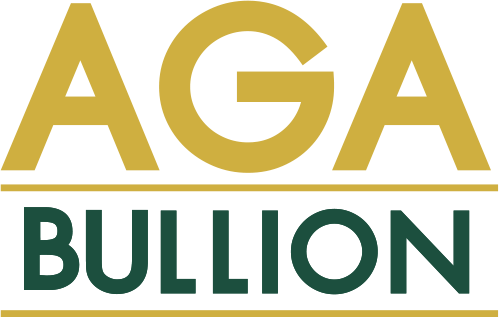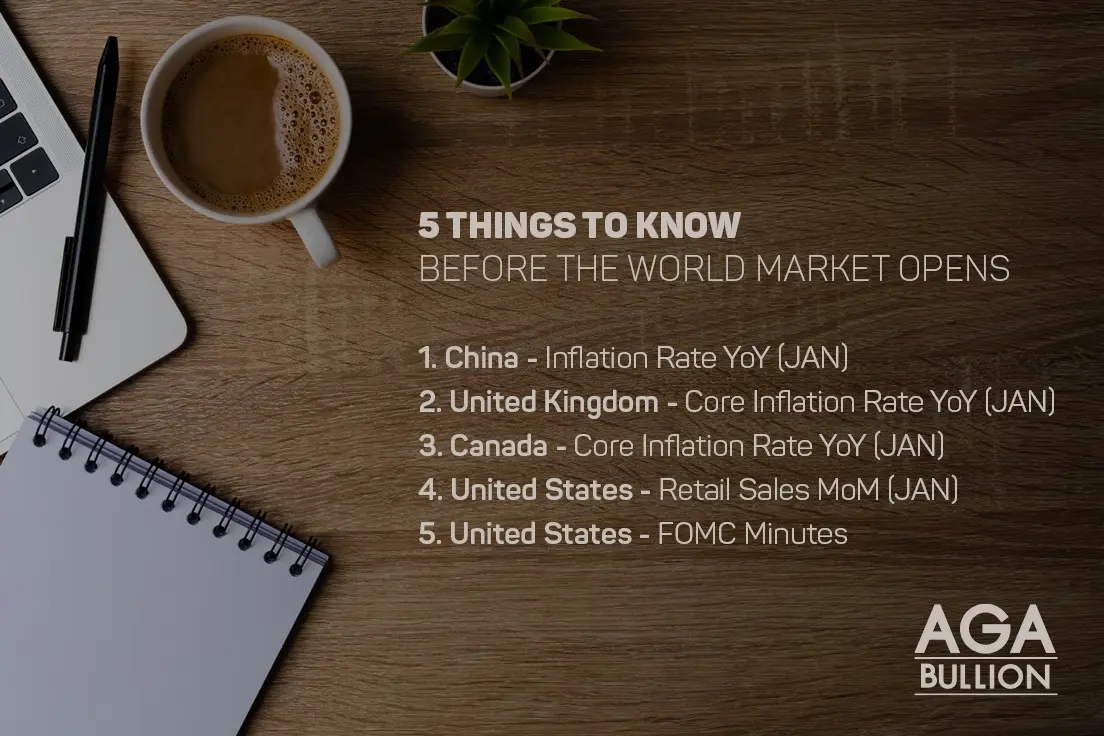17th Feb 2022 - Key global events on the horizon that could subtly shift or substantially shake up the financial markets
1. Inflation Rate YoY (JAN)-China
In China, the most important components of the CPI basket are Food (31.8 percent of total weight) and Residence (17.2 percent). Recreation, Education and Culture Articles account for 13.8 percent; Transportation and Communication for 10 percent, Healthcare and Personal Articles for 9.6 percent, Clothing for 8.5 percent; Households Facilities, Articles and Services for 5.6 percent; Tobacco, Liquor and Articles for the remaining 3.5 percent. The CPI basket is reviewed every five years on the basis of household surveys. Revisions reflect new spending patterns and economic development, according to the National Bureau of Statistics. Last revision took place in 2011.
2. Core Inflation Rate YoY (JAN)- United Kingdom
In the United Kingdom, the core inflation rate tracks changes in prices that consumers pay for a basket of goods which excludes some volatile price items.
3. Core Inflation Rate YoY (JAN) - Canada
In Canada, the core inflation rate tracks changes in prices that consumers pay for a basket of goods which excludes some volatile price items.
4. Retail Sales MoM (JAN)- United States
Retail sales report in the US provides aggregated measure of sales of retail goods and services over a period of a month. There are thirteen major types of retailers: Motor vehicle & parts dealers (around 20 percent of total sales), Food & beverage stores (13%), General merchandise stores (12.5%), Food services & drinking places (11%), Gasoline stations (10%), Nonstore retailers (9.2%), Building material & garden dealers (6%), Health & personal care stores (6%), Clothing & clothing accessories stores (5%), Miscellaneous store retailers (2.3%), Furniture stores (2%), Electronics & appliance stores (2%) and Sporting goods, hobby, book & music stores (1.7%).
5. FOMC Minutes -United States
In the United States, the authority to set interest rates is divided between the Board of Governors of the Federal Reserve (Board) and the Federal Open Market Committee (FOMC). The Board decides on changes in discount rates after recommendations submitted by one or more of the regional Federal Reserve Banks. The FOMC decides on open market operations, including the desired levels of central bank money or the desired federal funds market rate.







